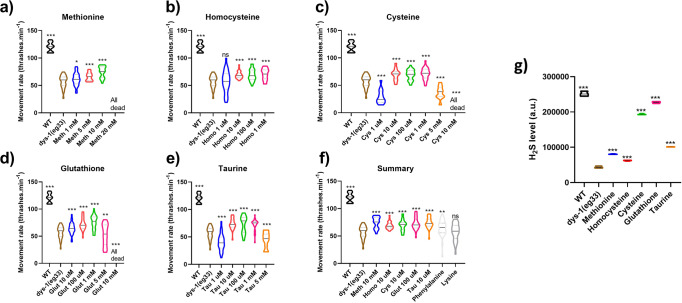Fig. 2. SAA improve movement and increase H2S levels in dys-1(eg33) animals.
a L-methionine treatment significantly improved thrashing rates of dys-1(eg33) animals in a dose-dependent manner (1–10 mM). b L-homocysteine improved movement in dys-1(eg33) (10 µM–1 mM). c L-cysteine significantly improvement thrashing in dys-1(eg33) (10 µM–5 mM). d dys-1(eg33) movement was improved with L-glutathione treatment (10 µM–5 mM). e L-taurine treatment also improved thrash rate in dys-1(eg33) (10 µM–5 mM). f Summary figure of the selected optimum doses for each SAA, there are no significant differences between amino acids. Phenylalanine improves movement in the dys-1(eg33) model but not to the same levels as the SAA. There is no improvement with lysine treatment. For all strains and treatment, 10 animals were assayed and averages taken from 5 separate counts and repeated across three biological repeats for a total of 150 data points per violin plot. Results were analysed with a two-way ANOVA. All significance points were compared to dys-1(eg33) ***P < 0.0001, **P < 0.005, *P < 0.05, ns P > 0.05. g Fluorescence intensity of the AzMC signal, normalised to protein content. All SAA increased H2S levels. Data for each treatment are from 270 animals across three biological repeats. Results were analysed with a one-way ANOVA. All significance points are compared to dys-1(eg33). ***P < 0.0001.

